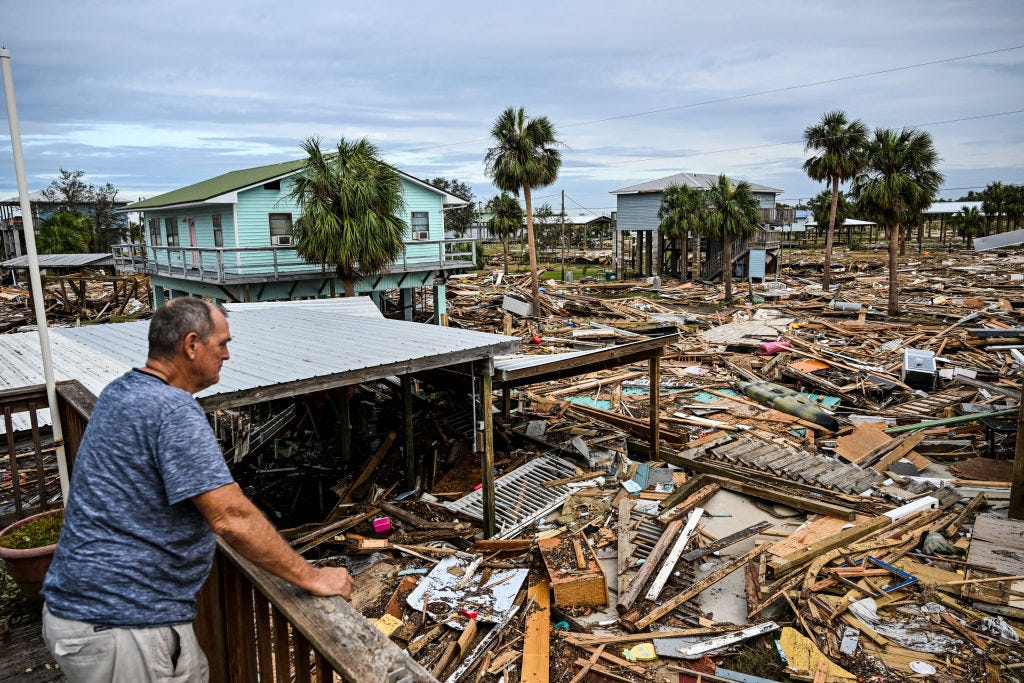Big Oil knew monster storms were coming. We have the receipts.
Internal documents over the last 45 years reveal the fossil fuel industry has long known their products would supercharge extreme weather.

For the second time in as many weeks, Florida residents are picking up the pieces from a major hurricane supercharged by the climate crisis. While not as severe a…

